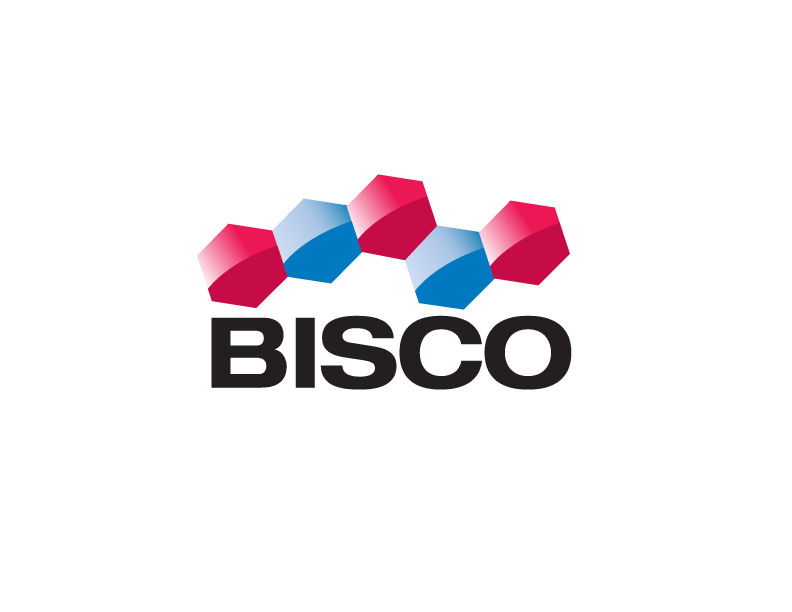
JAVIER TAPIA
( KEYNOTE )
Javier Tapia Guadix was born in 1978 in Madrid, Spain. He finished dental school at the European University of Madrid in 2003. Working then as associate professor in the prosthetics department during 2004.
In 2005 he started his career as professional computer graphics artist, focused on illustration, animation and application development. He received the Collegiate Merit Award by the Spanish College of Dentists from the 1st Region in 2005, for his collaboration in the commission of new technologies.
In 2011 he founded together with Panaghiotis Bazos and Gianfranco Politano the Bio-Emulation group.
He actively collaborates as invited professor with several universities across Europe and is member of GC Restorative Advisory Board. In 2017 he became official reviewer for the International Journal of Esthetic Dentistry.
Javier works in private practice in Madrid, focused on restorative dentistry and aesthetics. He is an international lecturer with participation in more than 300 congress, hands-on courses and live courses. He published several articles in restorative dentistry, dental photography and computers in dentistry.
N E X T
LECTURES
BIO-EMULATION: 3D HISTO-ANATOMIC ANALYSIS AND DYNAMIC LIGHT OBSERVATION
Understanding light interaction with tooth structures as well as proper histo-anatomic principles is essential for a better material and shade selection strategy during restorative procedures.
Tooth structures form a complex optical medium for light as it passes through enamel, dentin-enamel junction and dentin. Furthermore, this behaviour changes over the years, as tissues change in morphology and composition. The Bio-Emulation approach as written in structural analysis and visual synthesis defined the new bases to consider for replication of natural tooth structures with dental materials. The penta_laminar concept represents the ultimate implementation of this philosophy: analysing different ageing stages to build a dynamic shade concept that adapts to nature. However, feasibility of application of this concept is compromised by it’s intrinsic complexity, not accesible to all clinical conditions. By analysing the key factors of natural structure’s ageing process and applying this knowledge to the material selection, it is possible to simplify techniques to make them approachable in all situations. From a bi-laminar technique to the penta_laminar technique we can learn to adapt our work in order to optimise the clinical outcome achieving cost-effective treatments to cover our patients needs and expectations.
Defining proper shade selection strategies for both composites and ceramics is of paramount importance for our daily work. The Bio-Emulation approach provides specific tools designed to increase dramatically the accuracy of our shade matching, including the custom_eyes shade tabs as well as the “state of the art” eLAB protocol for ceramics.
Ultimately, a successful treatment will always be the outcome of a good communication with patient and perfect teamwork between dentist and technician.
OBJECTIVES: At the completion of the course, participants will be able to:
-
Improve knowledge of optical properties of tissues and materials
-
Discuss stereoscopic 3D anatomical visualization of the relationship between enamel and dentin
-
Learn advanced photographic techniques for accurate shade analysis pre- and post-operative
AGD Subject Code: 780 Esthetics/Cosmetic Dentistry
BIO-EMULATION APPROACH TO DIRECT COMPOSITES
Understanding light interaction with tooth structures as well as proper histo-anatomic principles is essential for a better material and shade selection during direct restorative procedures.
Tooth structures form a complex optical medium for light as it passes through enamel, dentino-enamel complex and dentin. Furthermore, this behavior changes over the years, as tissues change in morphology and composition. Comprehension of dynamic aging of tooth structures is a key for success when selecting the proper value and chromaticity for restorative materials.
By using the selective enamel dissolution technique it's possible to reveal the true shape of dentin, which leads to an even better understanding of light interaction and simplification of layering techniques.
The Bio-Emulation approach assess all this histo-anatomic parameters to achieve the ultimate simplification of current techniques as well as development of future technologies for restorative dentistry.
OBJECTIVES: At the completion of the course, participants will be able to discuss:
-
Material selection criteria based on patients age
-
Rational application of the histo-anatomic approach to the layering process on both anterior and posterior direct restorations
-
Restoration finishing protocol for a simplified, quick and consistent daily workflow with exceptional results
AGD Subject Code: 780 Esthetics/Cosmetic Dentistry





.png)

















